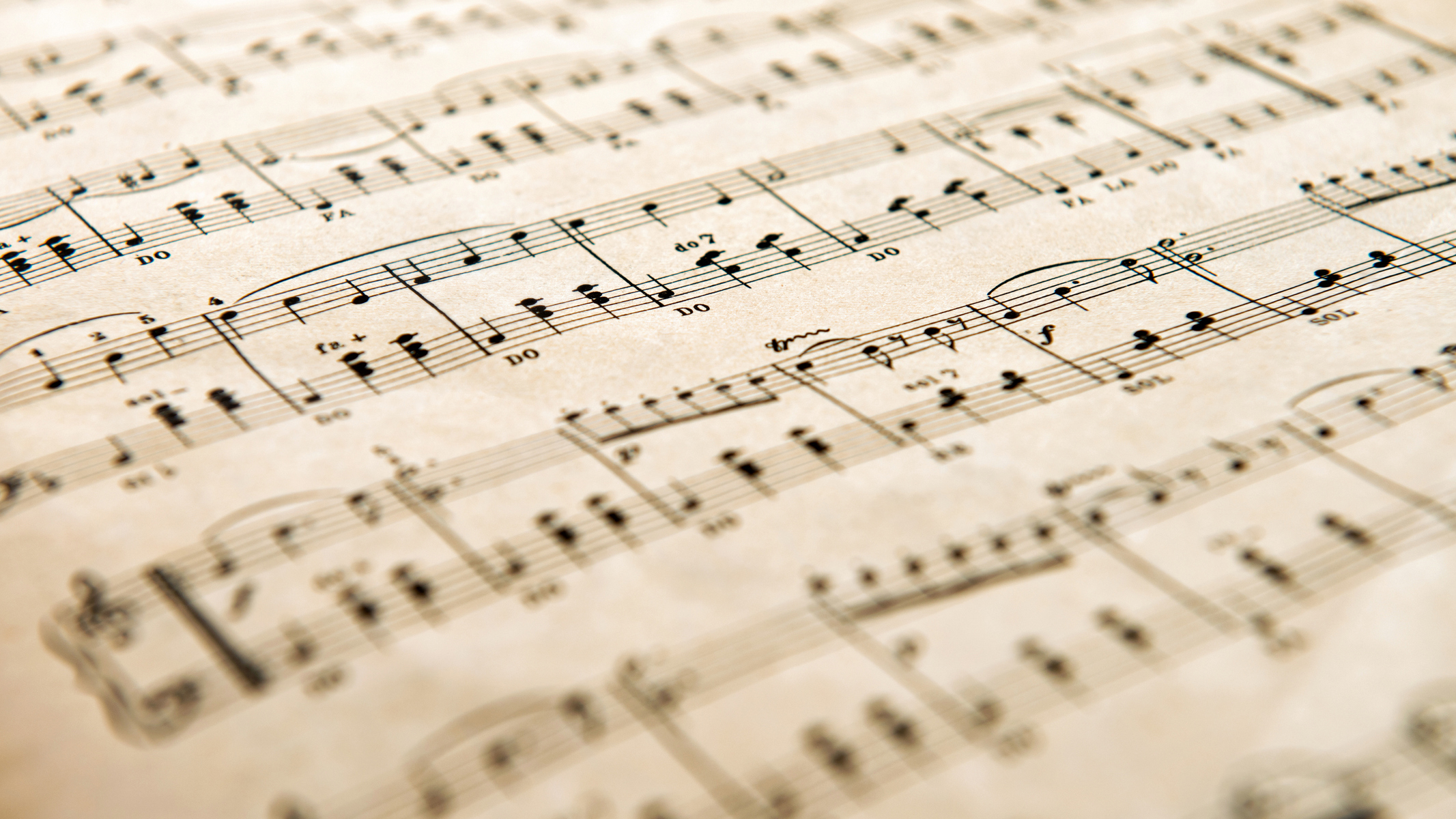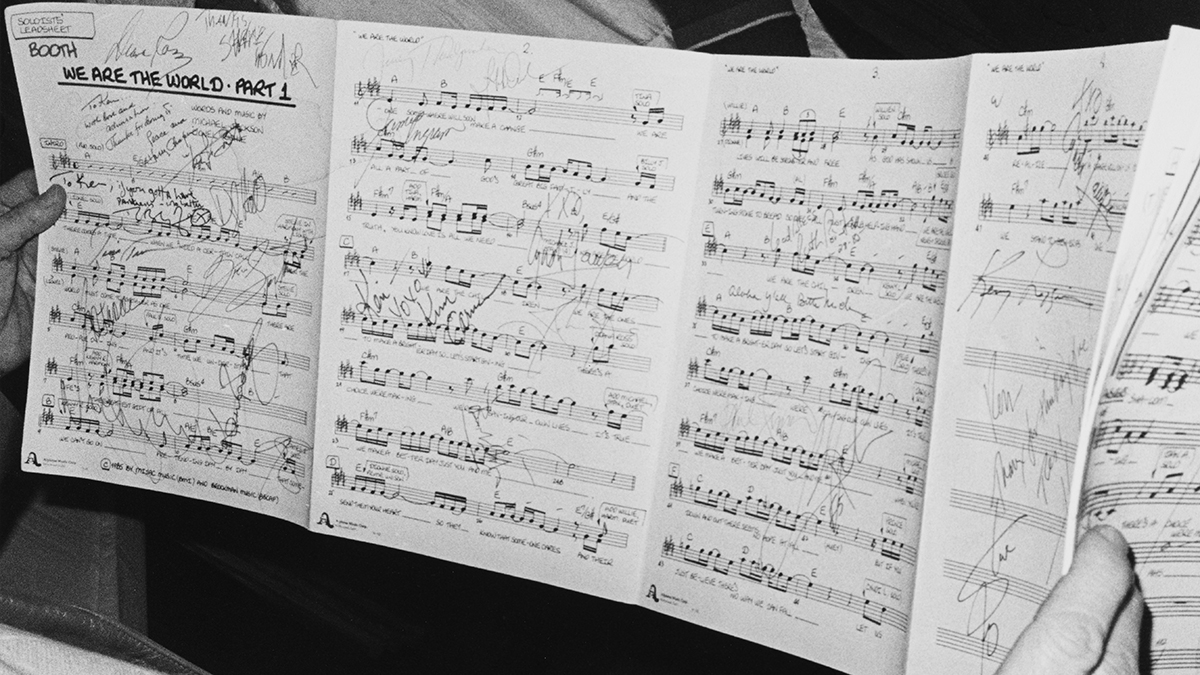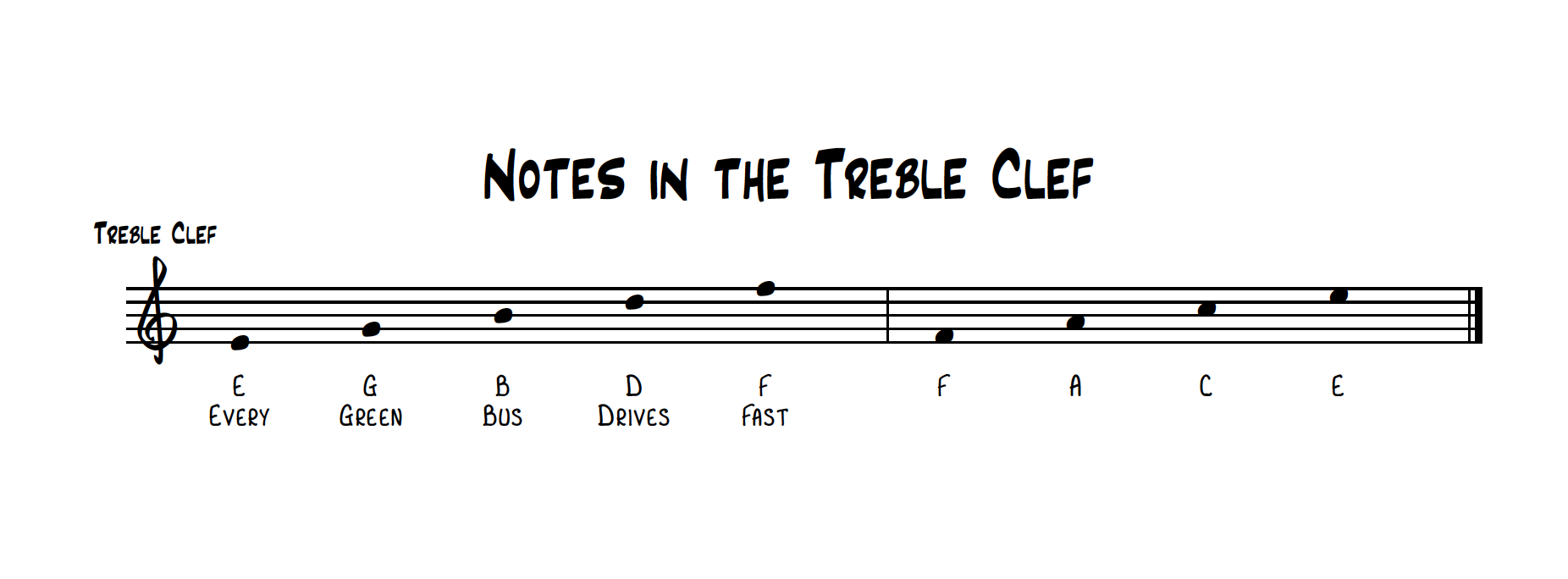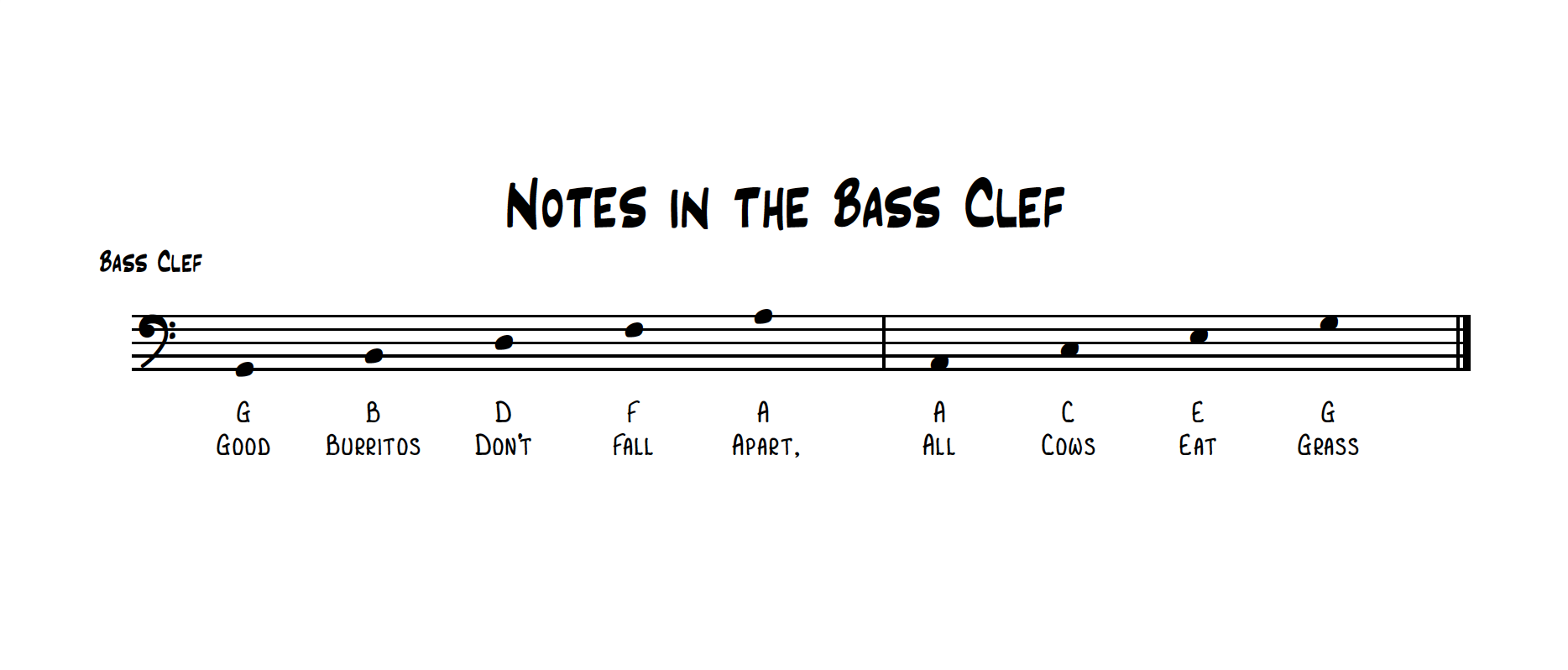“Having a little knowledge of music theory can open many doors”: The quick guide to reading music
Music is often described as a language, and it’s equipped with its very own vocabulary. We go back to basics and make a pitch for reading music.

The written word is pretty vital - it's useful for everything from lyrical emotion, comedy and drama, through to the instructions for your dishwasher!
If we take written word to a performance level, we rely on actors to interpret the letters on a page and create a performance, whether live or recorded. This similarly applies to professional musicians, who lift the music and notes from a page, and apply their own musicality to a performance, bridging the gap between the notes and the human beings listening and interpreting.
Having a little knowledge of music theory can open many doors. Not least of all because certain instruments rely heavily on written notation, with 99.9% of professional musicians being highly skilled and conversant. Being able to engage on their level, as a producer or songwriter/composer, will help you generate the very best performance from any musicians you work with.
Reading music in itself might seem daunting, but it's not all that difficult, but becoming fluent takes a little time and practice.

Reading the stave/staff and understanding pitch
You can think of music notation as being a little bit like an X/Y graph; from left to right, you are provided with information that dictates rhythm. But the up and down element, which we’re discussing here, relates to the pitch of the notes. As notes go up, so does the pitch, and as they go down… you get the idea!
Rather than using a graph format, the notes themselves are laid out across a construct consisting of five parallel lines, with four spaces in between. This layout is known as a stave in the UK or the staff in the USA.
Each of the lines and spaces indicate a note pitch. It is also possible to extend above and below the stave/staff, using lines which we draw manually. These are described as ledger lines. In theory, you can use several ledger lines in a sort of stack, but in practice, we only tend to use a few at a time, otherwise it can become difficult to read.
What is the clef?
At the beginning of each line or stave/staff, we use what’s known as clef sign. clefs are used to allow notation for instruments or voices of different pitch, with the most common being the treble clef and the bass clef.
If you have ever seen piano music, this is what you see on the page, with the upper treble clef normally being assigned to the right hand, and the lower bass clef being assigned to the left hand. Hence, a bass player would use the bass clef, as they play lower pitched notes, where a guitarist would use the treble clef.
Get the MusicRadar Newsletter
Want all the hottest music and gear news, reviews, deals, features and more, direct to your inbox? Sign up here.
It's worth noting that there are several other clefs, but these tend to be unique to particular instruments, predominantly from the orchestral domain. The notes that are assigned to the treble and bass clefs are different, so it's vital to take note of the clef sign as you start reading.
The treble clef
When learning clef note names, it can sometimes be useful to think of rhymes, to aid recall. There are some well known and well-trodden examples!

Working from bottom to top, the note names for the lines on the treble clef are E, G, B, D & F. This can be remembered as ‘Every Green Bus Drives Fast’, whereas the spaces conveniently spell-out the word F-A-C-E.
The bass clef

The bass clef adopts very similar properties, but the notes are slightly different; the line note-names are G-B-D-F and A, and as a rhyme, you could try ‘Good Burritos Don’t Fall Apart’, while the space notes are A-C-E-G, or ‘All Cows Eat Grass'.
Much like production, or learning to play a musical instrument, repetition as part of practice will encourage the reading of notes to become second nature. Try to apply the notes on the stave to the instrument that you play, and you should begin to find that note reading becomes second nature. It can also be a good idea to concentrate on only a couple of notes to begin with, adding further notes as you gain more confidence.
Reading music is a skill like any other, and as a budding or improving musician, extending your musical vocabulary will quickly unlock areas which are linked to creativity.
Roland Schmidt is a professional programmer, sound designer and producer, who has worked in collaboration with a number of successful production teams over the last 25 years. He can also be found delivering regular and key-note lectures on the use of hardware/software synthesisers and production, at various higher educational institutions throughout the UK
Who Wants To Live Forever? The composer still creating music from beyond the grave
“How daring to have a long intro before he’s even singing. It’s like psychedelic Mozart”: With The Rose Of Laura Nyro, Elton John and Brandi Carlile are paying tribute to both a 'forgotten' songwriter and the lost art of the long song intro










